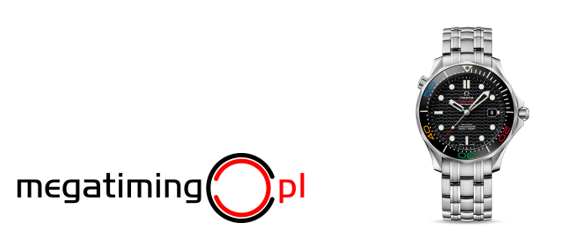Polish Supreme Court, Civil Chamber, 9 May 2019, Case No. I CSK 263/18
The Polish Supreme Court (Sąd Najwyższy) overturned the judgment of the Warsaw Court of Appeal (case no. I ACa 962/16) on the basis that courts should assess the overall similarity of trademarks, whether it is phonetic, graphical or conceptual. Conceptual differences not may be enough to eliminate infringement. For renowned trademarks, the similarity required for a finding of likelihood of confusion is less than in the case of ordinary trademarks .
The Swiss company Omega which specializes in manufacturing luxury watches (and time measuring equipment) owns EU trademarks for “Omega” and “omega.timing” (used in the domain name). In 2014, Polish producers started using “Mega” and “megatiming” in a domain name for devices used for measuring swimming times. Omega claimed infringement of its renowned trademarks and unlawful copying amounting to unfair competition under Polish law.
In the first instance and on appeal, the Warsaw courts granted Omega limited protection, although is not for all the allegedly infringed trademarks. The courts ruled that “megatiming” did not infringe Omega’s trademark “omegatiming” because the relevant consumers who were aware of the sport understand that, in the context of swimming, “mega” and “timing” related to measuring the distance or speed and not to Omega’s brand. According to the courts, relevant consumers may not see a link between “megatiming” and “omegatiming”. Also, the Warsaw Court of Appeal underlined that similarity was a primary criterion for infringement of trademarks, irrespective of their reputation.
The Polish Supreme Court rejected this position and concluded that the assessment of renowned trademarks required a lower degree of similarity. Even though from the consumer’s perspective, the signs at issue might have different meanings, the courts should also assess their graphical or phonetic similarities. Thus, conceptual similarity weighs only equally to phonetic or graphical, when assessing the infringement of renowned trademarks. Conceptual dissimilarity alone may not eliminate the risk of confusion or of taking unfair advantage of renowned trademarks.
Furthermore, the Polish Supreme Court points out that in assessing the infringement of renowned trademark, as part of the overall examination to assess whether or not there is a link or risk of association, it cannot be merely noted that trademarks are dissimilar because of their potential different meanings for relevant consumers to conclude that the marks are overall dissimilar. This requires that they are also dissimilar either phonetically or graphically. When assessing the infringement of renowned trademarks, the degree of similarity may be less. The Supreme Court annulled the judgments of the Warsaw Court of Appeal and remitted the case for re-examination.
Comment
This decision is welcome as it extends the scope of renowned trademarks under Polish law and practice, and appears to be in line with EU trademark regulations. Reputed trademarks deserve an extensive scope of protection by law. While the degree of similarity may be less, it should not be inconsiderable or slight. Referring to the CJEU case law (C-254/09 Calvin Klein Trademark or joint cases: C-581/13 and C-582/13 Ballon d’or), the link between disputable signs at stake must be sufficient in consumers’ minds. The fact that consumers may understand signs differently should not completely outweigh the phonetic or graphical similarity (see for instance: C-552/09 Kinder). This position of the Polish Supreme Court is also in line with earlier domestic jurisprudence. Perhaps the Polish Supreme Court could have considered the relevant consumers more extensively. The more specialized these are, the more they would be aware of the differences between disputed signs. The specialized consumers who are in the market for devices to measure swimming times should be more aware of the differences between “Omega” and “Mega” brands. The courts should also assess that “mega” may appear indistinctive as it refers to the means of measuring in the context of this matter.
_____________________________
To make sure you do not miss out on regular updates from the Kluwer Trademark Blog, please subscribe here.



